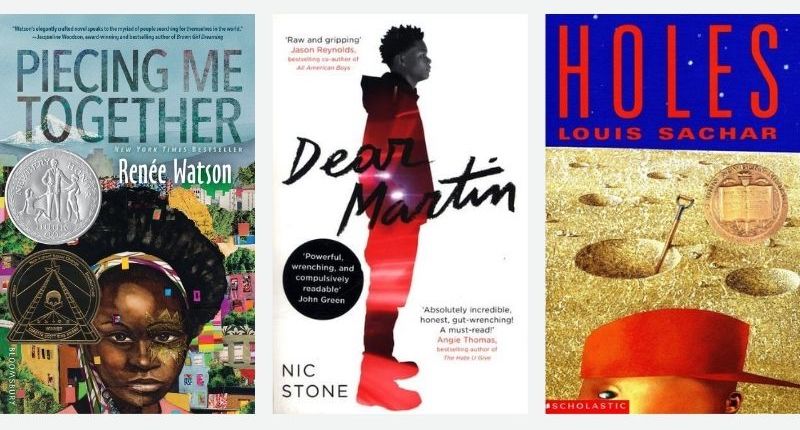Lighting a Fire with Literature Circles (Part I of 2)
"Ms. C, can we read just one more chapter?"
Want to know why middle school students are the best? They will nearly always share their honest opinion with you - especially if they know it will impact their learning experience. Get the right book in their hands and they will advocate for their own learning in ways that have inspired me to build curriculum and make instructional decisions based on what I think will light their literacy fire.
The Class of 2020 had a reputation for being loquacious and energetic, especially while reading novels together. While preparing to do action research by reading The Power of Questions (Falk & Blumenreich, 2005) during professional development at the University of Notre Dame, I reflected on my first year of teaching 6th - 8th English - what went well and where I could grow. This 6th grade class had read two novels together, A Wrinkle In Time and Maniac Magee, and these were the first books many students had ever finished. Literature circles were the perfect match to keep their literacy fire aflame, and together we transformed how we used literature, voice, and choice in our New York City Catholic school.
Four days each week, one group read together on the carpet in a circle for 40 minutes while the other group worked on accompanying assignments, and then we switched. I documented new and notable behaviors, recorded our conversations, and interviewed students. This systematic collection and analysis of data informed my planning and teaching, and our routines helped us develop a sociable, engaging reading culture.
“We get the book we want to read.” - Lucas
Providing choice gave students more agency and ownership of their own learning. In September, I read summaries of Percy Jackson: The Lightning Thief and Walk Two Moons and students made their selection. They were invested in our “carpet time” in ways I hadn’t seen before and protected it by reminding me when it was their group’s turn to read and whose turn was first. Students defended their novel choices to classmates (in future cycles, we read Holes, Piecing Me Together, and Dear Martin), begged to read the next chapter, and “threatened” to read ahead!

“You hear everyone.” -Victoria
The close proximity of our two circles, each with around ten students, produced more dialogue. As one student put it, “talking out loud without raising your hand was an advantage.” Students felt comfortable stopping both me and each other to ask questions and discuss predictions.
“It worked for me because I am a shy person and don't like to be in big crowds, so in a smaller group I feel comfortable.” - Bruno
The smaller setting made them more comfortable with sharing their ideas and more students were not only volunteering to answer questions, but students who never wanted to read aloud to the whole class asked to read aloud during literature circle time.

“I’m excited to see what books we're going to read in 8th grade.” - Julia
Literature circles created a desire to write and read more. They wrote alternative endings and novel sequels, read books by the same authors, and were anxious to see what we would read next. Independent reading became more desirable, and I offered summer reading options that were sequels or thematically connected to the books we read as a class that year.
“We all made sure we could understand the text and move on.” - Lola
Improved comprehension led to more fluid and nuanced written responses. In particular, their understanding of and ability to make connections between literary elements (e.g. plot and conflict) improved drastically as misconceptions were answered in real time while we read together. We went deeper in our conversations, made predictions, analyzed character motivations, and discussed potential themes as the plot evolved. Students became obsessed with writing and color-coding observations on their sticky notes.
“It was a fun way of reading. Instead of us reading quietly we can talk to each other about the book and have fun.” - Kevin
Students have consistently cited literature circles as one of their favorite parts of the school year. Providing students a choice between two novels and reading aloud made our classroom environment a more student-centered, joyful place full of learning and growing for everyone each day. Literature circles transformed my teaching, my students’ learning and engagement, and the benefits have reached within and beyond the classroom.
